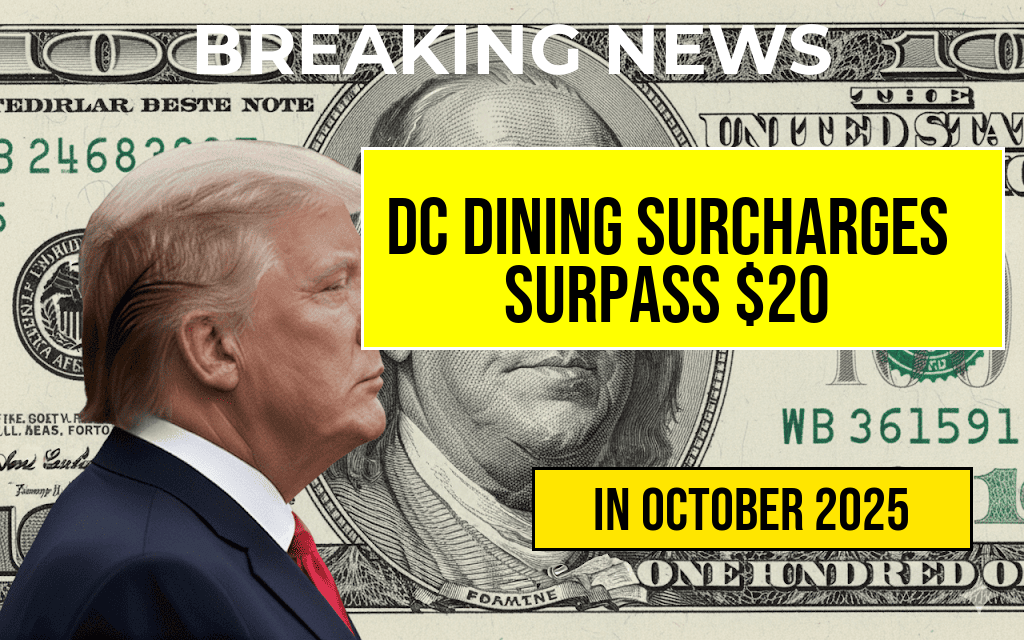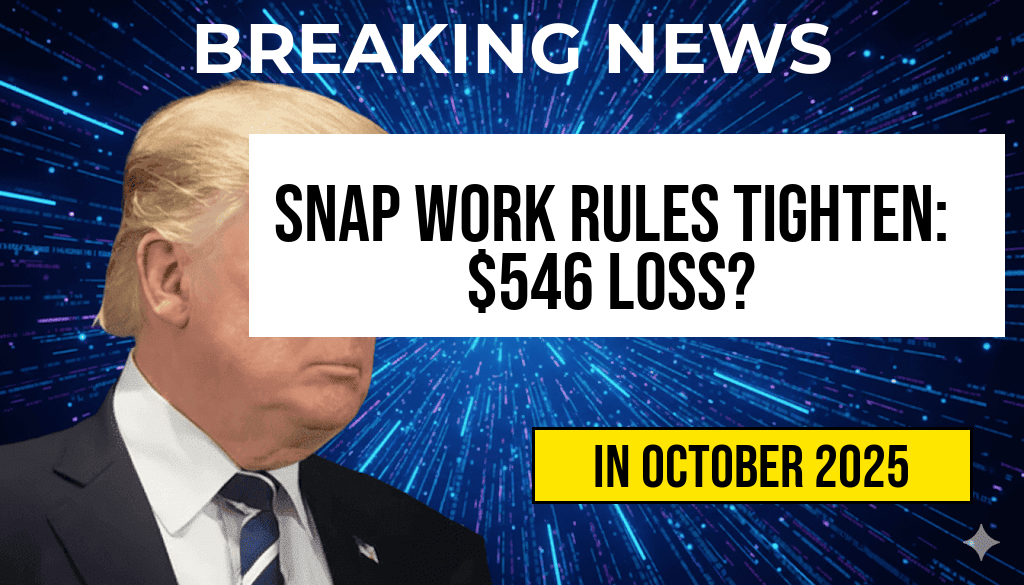Dining establishments across Washington, D.C., are seeing their check totals surge past $20 as a result of recent wage regulation changes and mandated surcharge policies. As the city enforces higher minimum wages and labor standards, many restaurants are implementing additional charges to offset staffing costs. Customers are noticing the increased figures on their bills, prompting conversations about affordability and transparency in the local food scene. The trend underscores the broader economic shifts affecting the hospitality sector, with some operators warning that these surcharges could impact patronage and business sustainability.
Rising Wage Regulations and Their Impact on D.C. Restaurants
Over the past two years, Washington, D.C., has progressively raised its minimum wage, reaching $16.50 per hour for large employers by July 2023, with plans to increase further in the coming years. These policy changes aim to improve worker compensation but also place additional financial pressure on restaurant owners. Many have responded by adjusting menu prices, introducing service charges, or adding specific surcharges to cover increased labor costs.
How Surcharges Are Reshaping the Dining Experience
According to industry insiders, surcharges exceeding $20 per check are becoming increasingly common in some high-volume dining spots. These charges are often labeled as “mandatory service charges” or “cost of living adjustments,” and are typically added automatically to the bill. For diners, this means that what once was a straightforward meal now includes a line item that significantly raises the total expenditure.
| Description | Amount |
|---|---|
| Food & Beverages | $80.00 |
| Standard Gratuity (18%) | $14.40 |
| Surcharge for Wage Regulations | $20.00 |
| Total | $114.40 |
This example illustrates how surcharges can significantly inflate the final bill, often surpassing the $20 mark for a typical dining experience. Such additions have sparked debate among consumers and industry analysts about transparency and fairness in pricing.
Economic Drivers Behind the Surcharge Surge
Labor Costs and Regulatory Changes
The primary catalyst for the surcharge increase is the intensified push for fair wages. The D.C. government’s recent legislation has mandated higher pay for tipped and non-tipped workers alike, especially in the hospitality sector. While these measures are designed to improve worker livelihoods, they come with the trade-off of rising operating expenses for restaurant owners.
Industry Response and Adaptation Strategies
- Menu Price Adjustments: Many eateries have increased menu prices across the board to absorb higher wages without shocking customers with abrupt hikes.
- Implementation of Service Charges: Automatic gratuities and surcharges are being adopted to ensure staff are compensated adequately.
- Operational Efficiency: Some establishments are reevaluating staffing models, reducing hours, or optimizing workflows to manage costs.
Consumer Reactions and Market Trends
Public sentiment on the new surcharges is mixed. Some diners express understanding, acknowledging the necessity of supporting fair wages, while others feel the additional fees diminish the value of their dining experience. Restaurants report that while some patrons are hesitant to accept the surcharges, most accept them as part of a broader effort to improve industry standards.
According to recent surveys by the National Restaurant Association, nearly 60% of restaurant operators in urban markets like D.C. anticipate further increases in operational costs over the next year, leading many to consider additional pricing strategies.
Potential Long-Term Effects on the Local Food Scene
The trend of exceeding $20 per check due to surcharges raises questions about the future of dining affordability in the nation’s capital. Industry experts warn that sustained cost increases could lead to a decline in casual dining options, with some consumers turning to fast-casual or takeout alternatives. Additionally, smaller independent restaurants may face added financial strain, possibly resulting in closures or reduced service offerings.
Policy Debates and Industry Outlook
Advocates for wage increases argue that supporting fair pay is essential for improving worker satisfaction and reducing turnover, which benefits overall service quality. Conversely, critics warn that escalating costs could suppress customer spending, especially among lower-income residents and visitors. As the city navigates this balancing act, discussions continue about how to best support a vibrant, sustainable restaurant industry without disproportionately burdening consumers.
Resources for Consumers and Business Owners
- Wage Regulations in the U.S. (Wikipedia)
- Forbes: How Wage Increases Are Changing the Restaurant Industry
Frequently Asked Questions
What are the main reasons for the increase in dining surcharges in DC?
The primary reason for the rising dining surcharges in Washington, DC, is the implementation of new wage regulations that require higher wages for restaurant staff. These regulations have significantly increased operational costs for restaurants, leading to surcharges exceeding $20 per check.
How are restaurants adjusting their pricing due to these surcharges?
Many restaurants are adding surcharges directly to customer bills to offset increased wage costs. Some establishments are also exploring alternative strategies such as menu price adjustments or service fee disclosures to manage the financial impact.
Are dining surcharges in DC common compared to other cities?
While dining surcharges are becoming more prevalent nationwide, they are particularly notable in DC due to local wage laws and regulatory measures. Surcharges exceeding $20 per check are especially high compared to other regions.
What should customers expect when dining in DC restaurants regarding surcharges?
Customers should anticipate seeing surcharges on their bills that reflect increased wage costs. It’s advisable to review the bill carefully, as these charges can significantly impact the total amount paid for a meal.
Are there any efforts to address the rising costs for both restaurants and consumers?
Industry groups and restaurant owners are engaging in discussions with local authorities to find balanced solutions. Some are advocating for wage regulation adjustments or alternative support measures to mitigate the financial burden on businesses and patrons alike.






